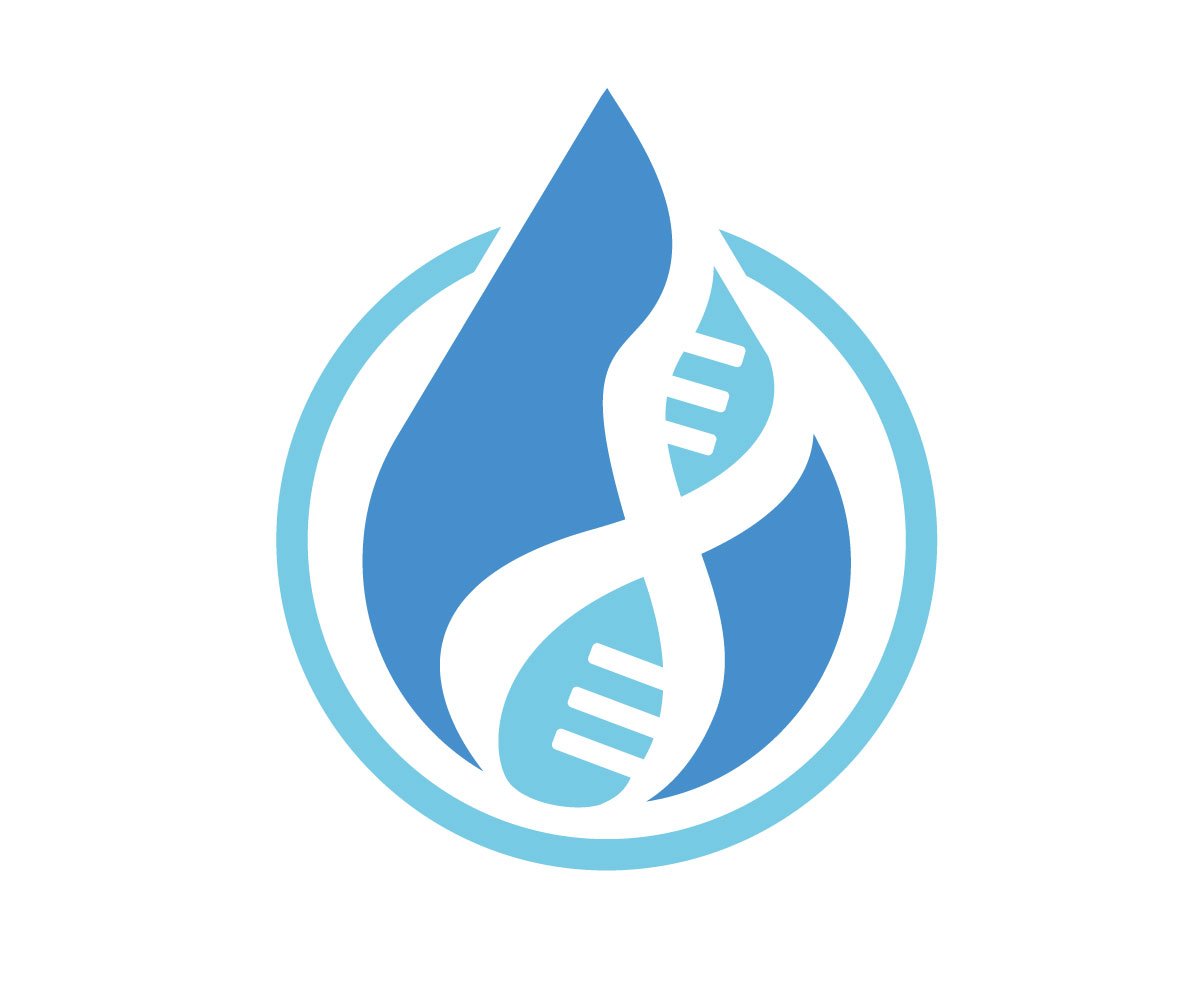Filtering a Promethease Report: One Genetic Counselor’s Strategy
There's no right or wrong way to filter through the results of raw genomic data and no professional standards or guidelines about how to do. So I've come up with my own strategy for how to do it out of necessity.
Sign up to read this post
Join Now

